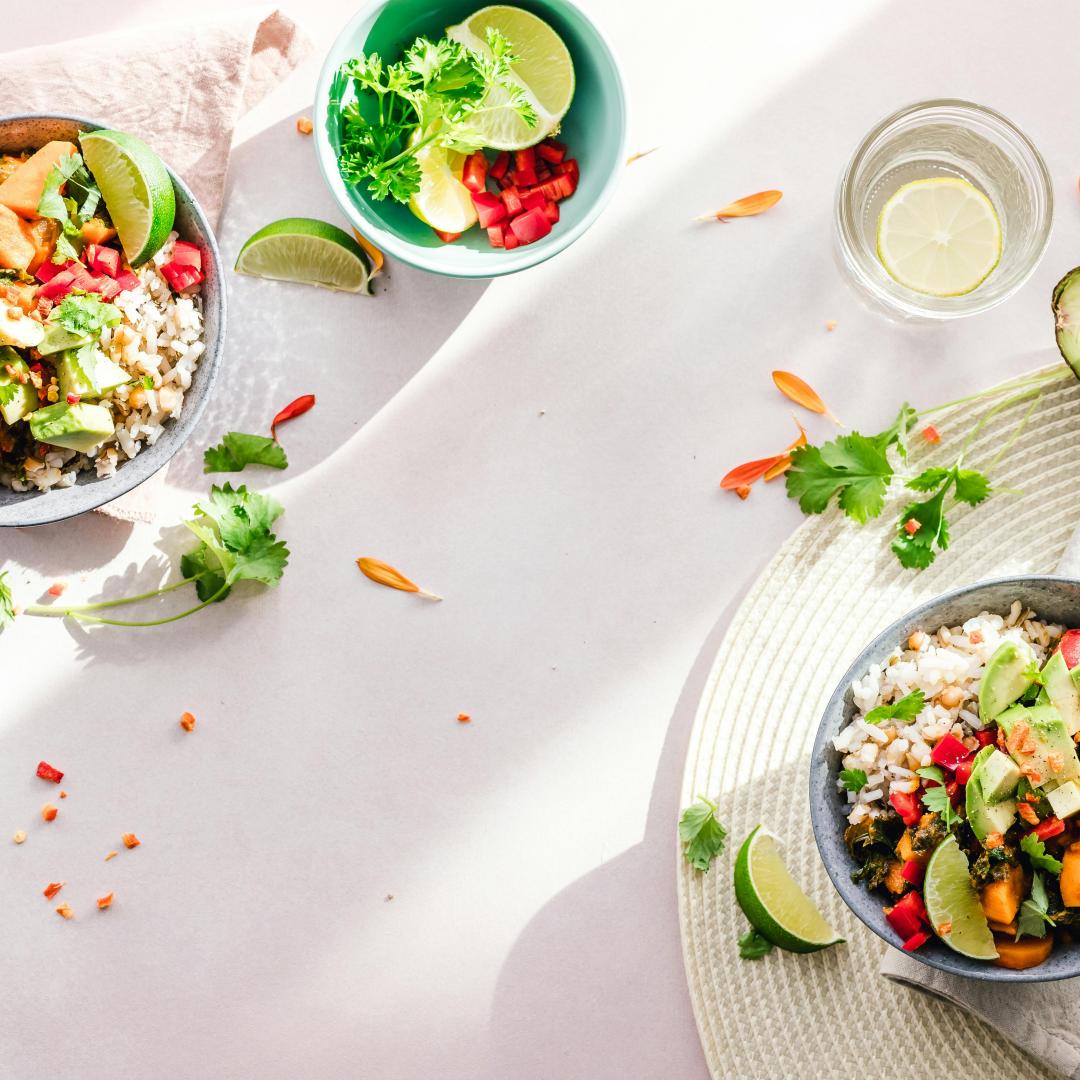Meal Planning 101: Tips for Healthy and Affordable Eating
Maintaining a balanced diet while managing a busy schedule and staying within budget can be challenging. However, with some strategic meal planning, you can enjoy nutritious meals without breaking the bank. Here’s a comprehensive guide to help you start meal planning effectively.
Understanding Meal Planning
Meal planning involves preparing meals in advance, which helps save time, reduce food waste, and promote healthier eating habits. By planning your meals, you can ensure a variety of nutrients in your diet and avoid the temptation of last-minute, less healthy options.
Benefits of Meal Planning
-
Saves Money: Planning meals allows you to buy in bulk and take advantage of sales, reducing the likelihood of impulse purchases.
-
Reduces Food Waste: When you plan meals, you buy only what you need, minimizing leftovers and spoilage.
-
Saves Time: Preparing meals in advance or having a plan reduces the time spent deciding what to eat each day.
-
Encourages Healthy Eating: With a plan in place, you’re more likely to incorporate balanced meals with appropriate portions of proteins, fruits, vegetables, and grains.
Steps for Effective Meal Planning
1. Set Your Goals
Before you begin, define your goals. Are you planning to eat healthier, save money, or both? Knowing your objectives will guide your planning process.
2. Assess Your Schedule
Look at your week ahead. Identify days when you may have more or less time to prepare meals, and plan accordingly. Incorporate quick recipes for busy days and more elaborate meals when you have time.
3. Create a Meal Calendar
Design a weekly meal calendar. Allocate specific meals (breakfast, lunch, dinner, and snacks) for each day. Ensure you include a variety of foods to meet your nutritional requirements.
4. Make a Shopping List
Once you have a meal plan, create a shopping list based on the ingredients you need. Check your pantry to avoid buying items you already have. Stick to your list to avoid impulse buying.
5. Batch Cooking and Prepping
Dedicate time to batch cooking and prepping ingredients. Cook large quantities of staples like grains, beans, or proteins, and store them for use throughout the week. Chop vegetables and prepare sauces in advance to reduce cooking time on busy days.
Budget-Friendly Meal Planning Tips
-
Buy in Bulk: Purchase grains, legumes, and other non-perishables in bulk to save money.
-
Seasonal and Local Produce: Opt for seasonal and locally sourced produce, which is often cheaper and fresher.
-
Utilize Leftovers: Plan meals that can be transformed into different dishes, reducing food waste.
-
Incorporate Meatless Meals: Plant-based proteins like beans, lentils, and tofu are often more affordable than meat.
-
Limit Processed Foods: While convenient, processed foods are usually more expensive and less healthy than whole foods.
Healthy Meal Ideas
- Breakfast: Overnight oats with seasonal fruits and nuts.
- Lunch: Quinoa salad with mixed vegetables and a lemon-tahini dressing.
- Dinner: Stir-fried tofu with broccoli and brown rice.
- Snacks: Carrot sticks with hummus or apple slices with almond butter.
Conclusion
Meal planning is an effective strategy to promote healthy eating habits while staying within budget. By taking the time to plan your meals, you can enjoy diverse, nutritious, and cost-effective dishes that meet your dietary goals. Start small, be flexible, and adjust your plan as you find what works best for you and your lifestyle. Embrace the journey towards a healthier, more organized way of eating.






















